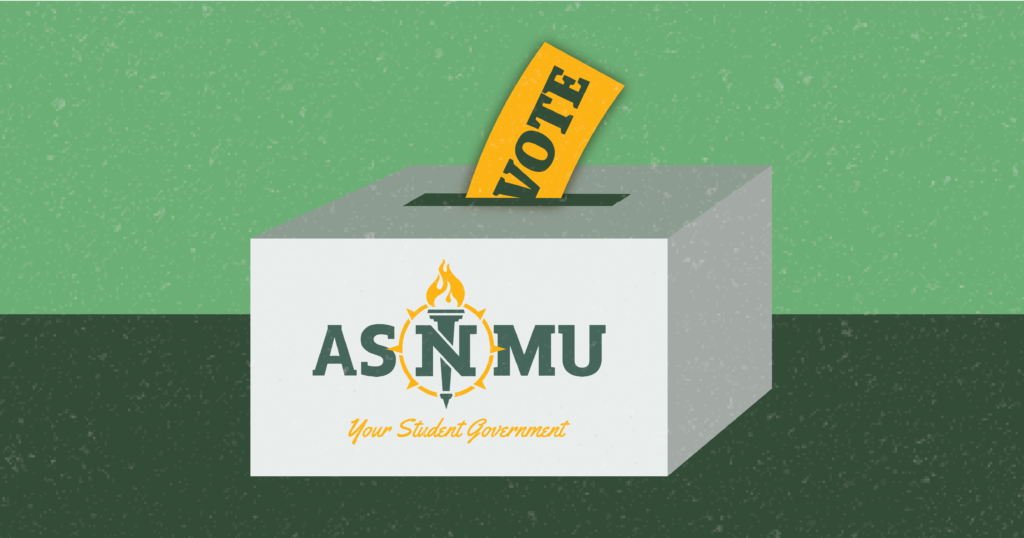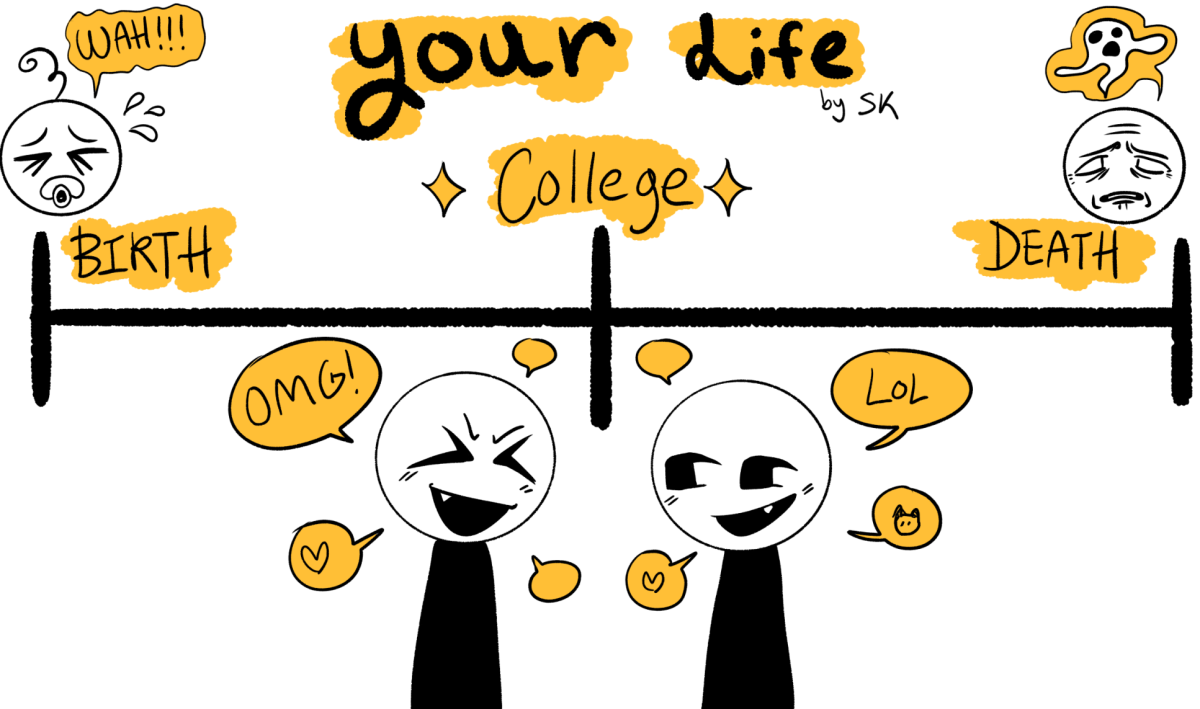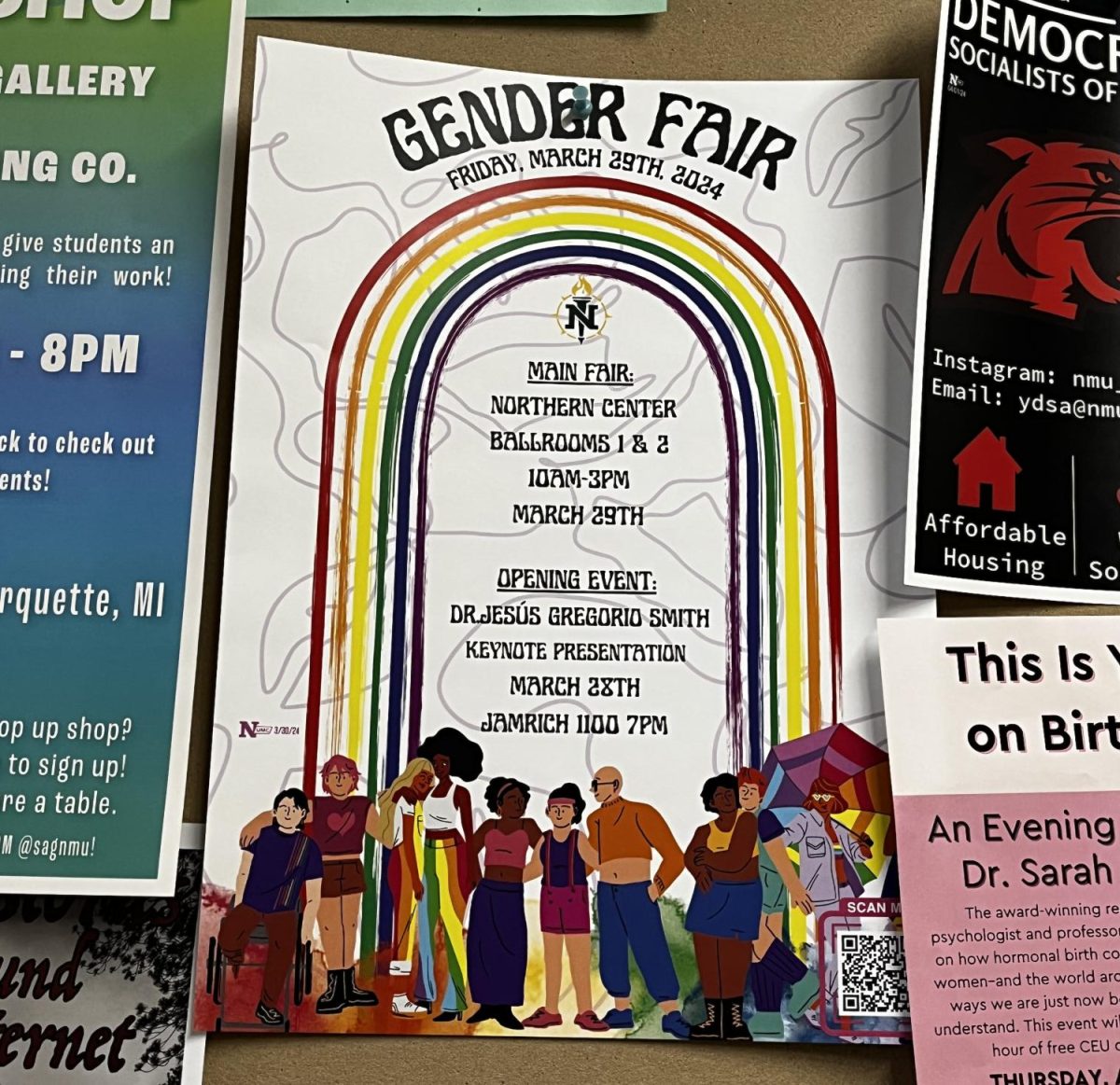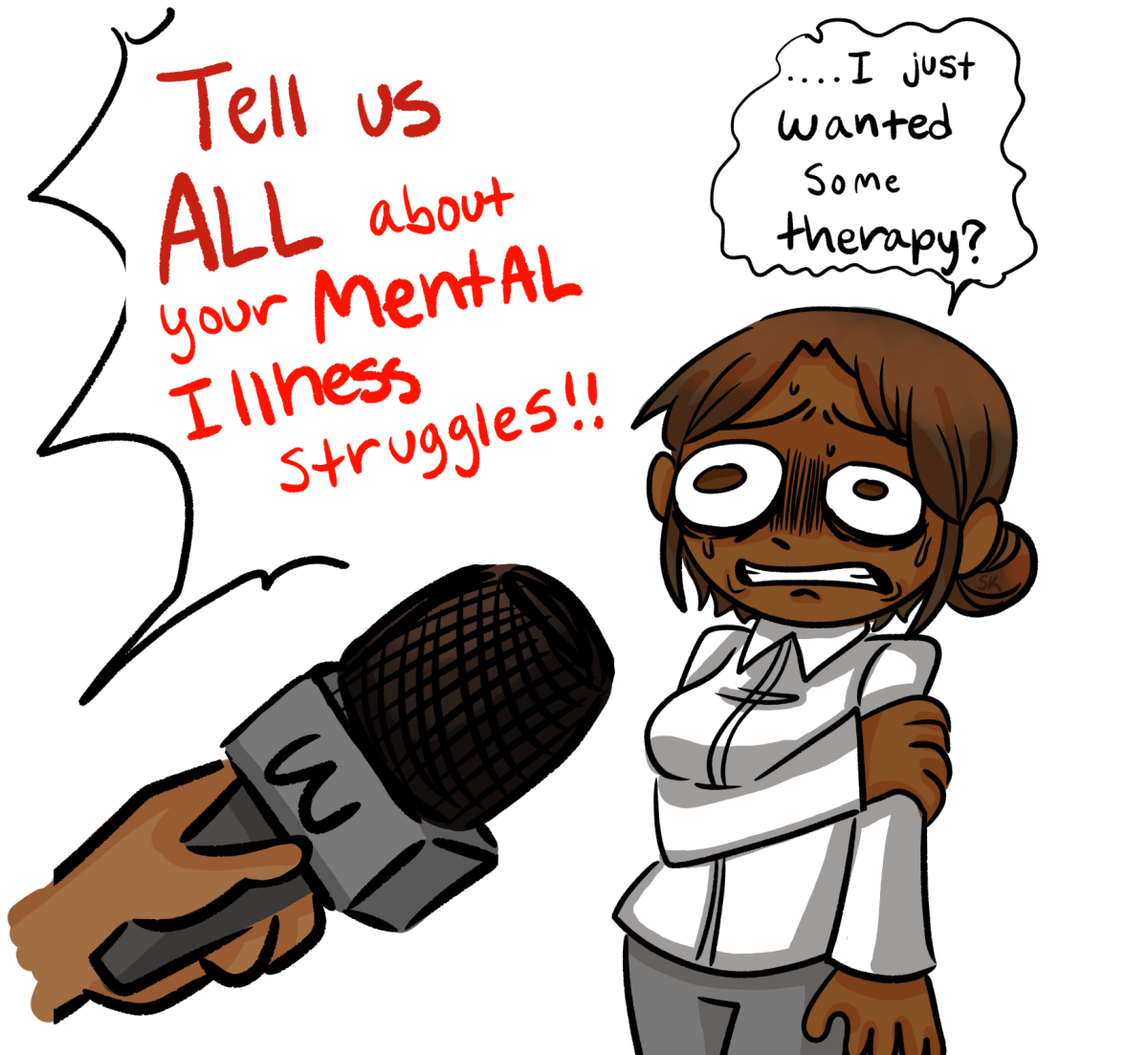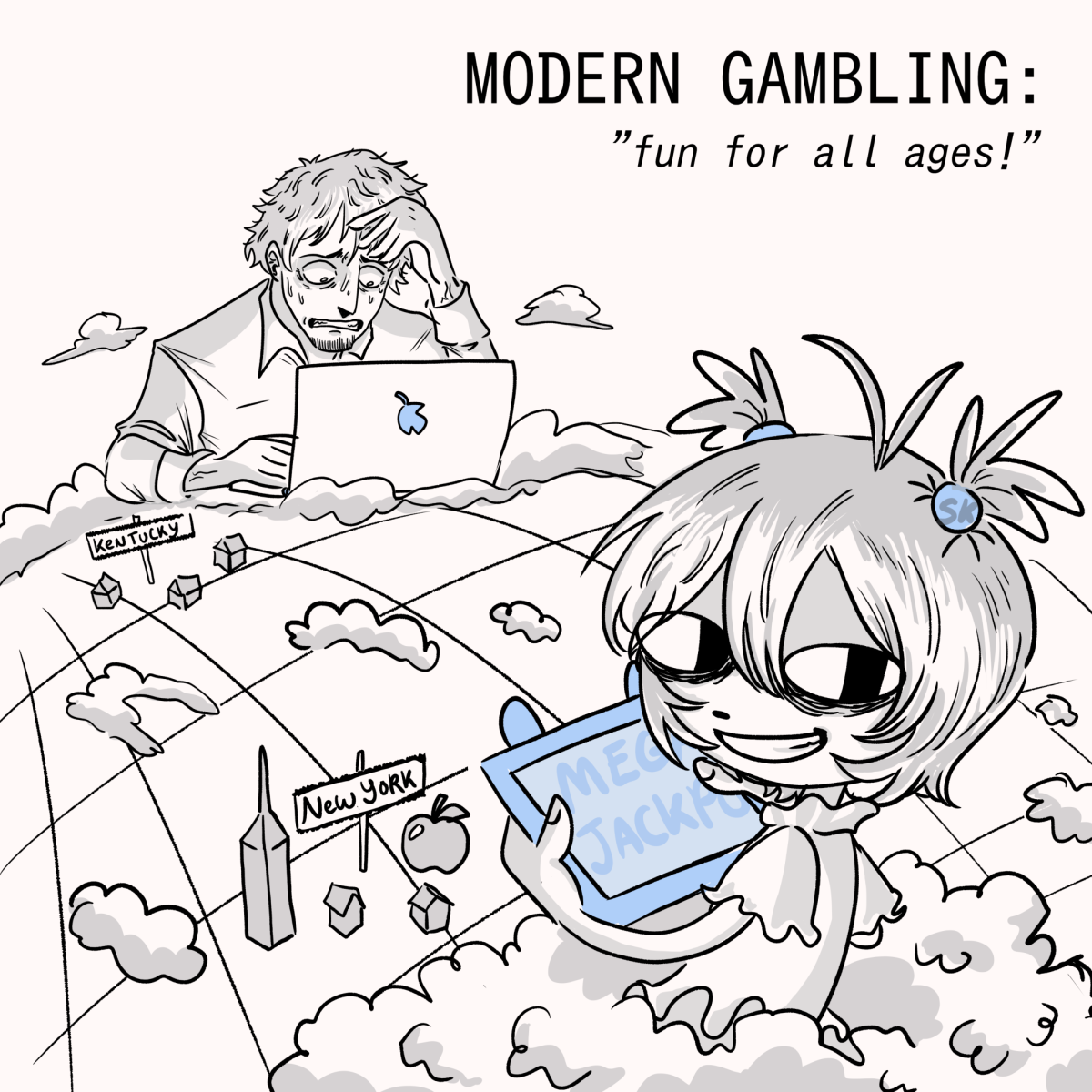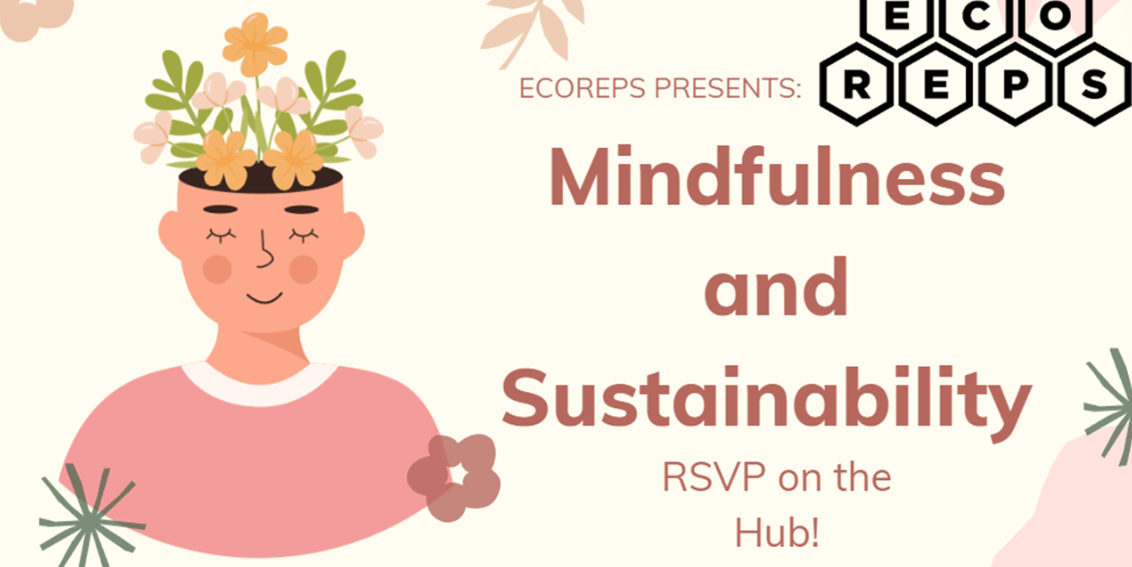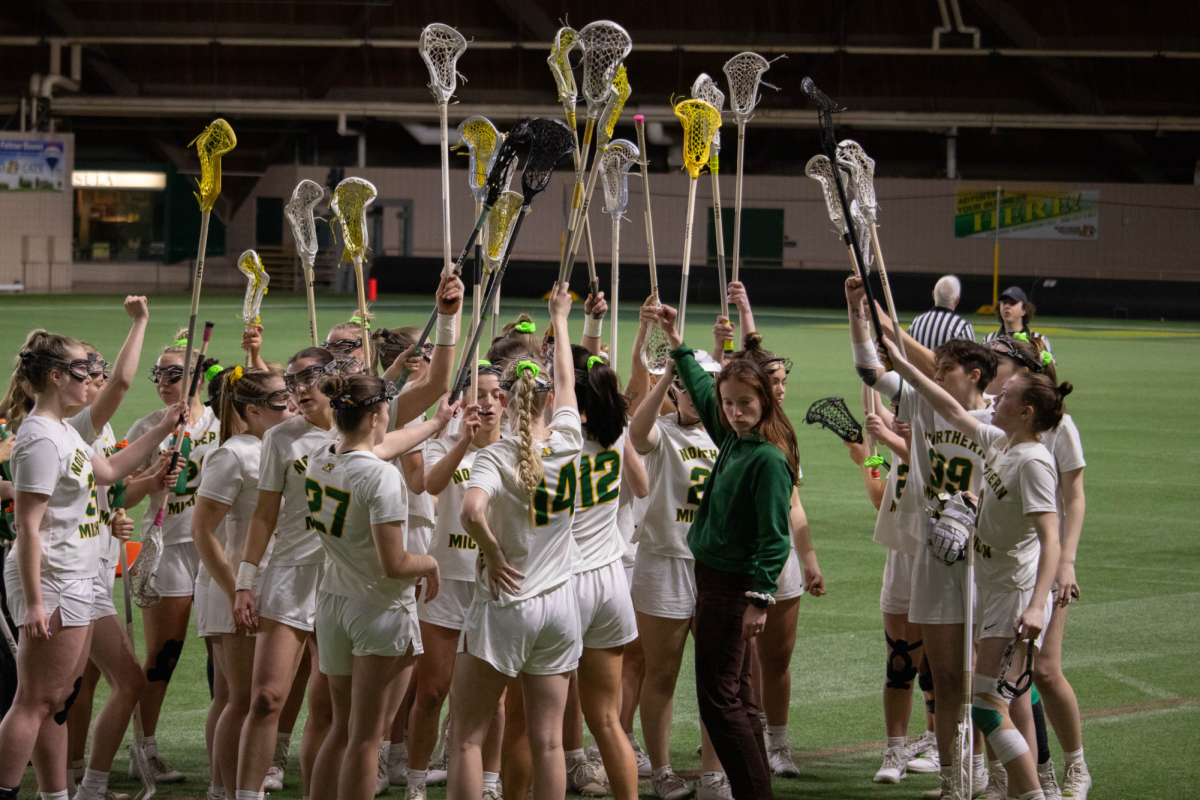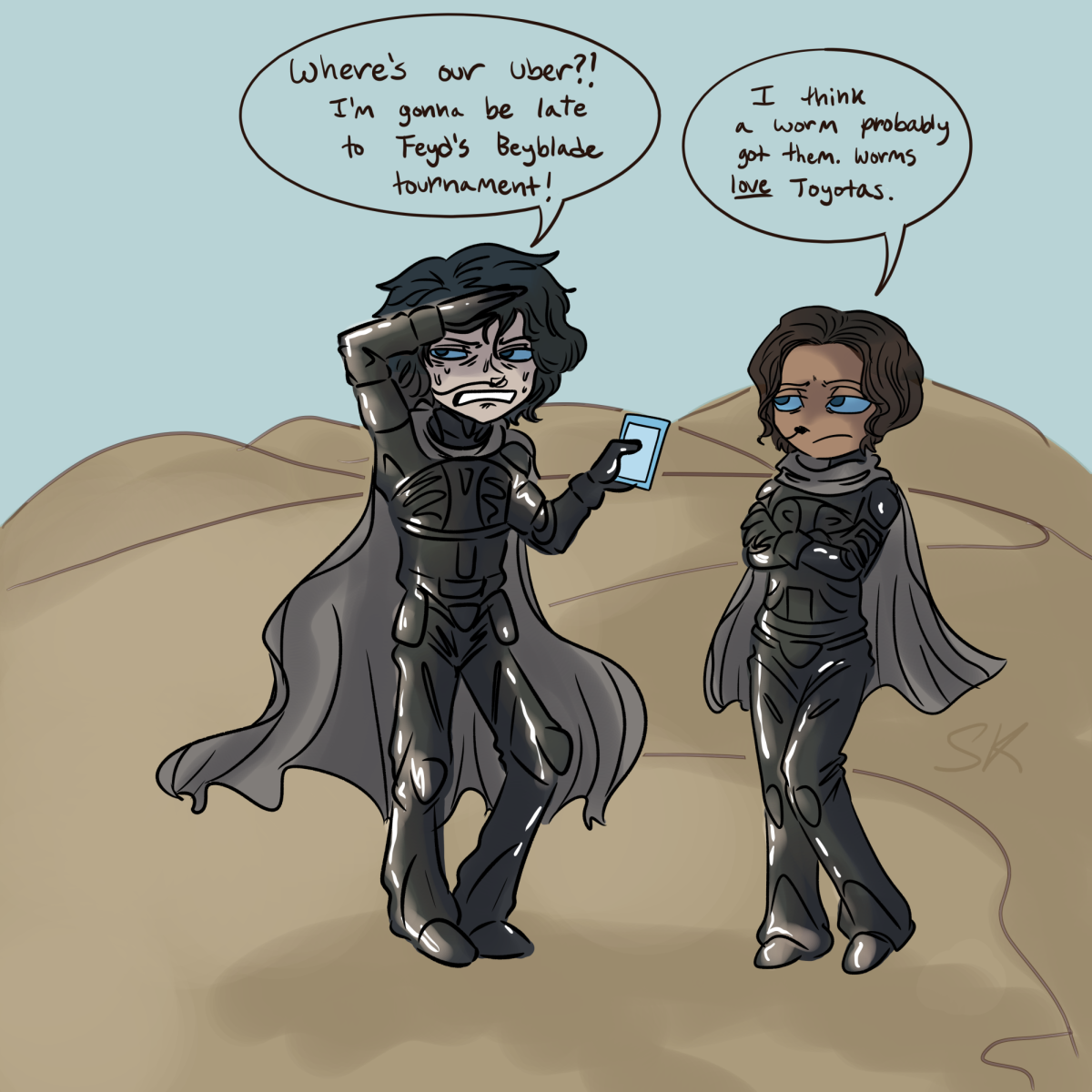Official proof that I am an idiot: it’s the first day of classes, and I decide that the disheveled-college-kid look is not for me (or not this early in the semester, anyway). So I throw on a sweater, some nice jeans and — the crowning glory of the ensemble — my black, faux-patent-leather, three inch-high, pointy-toed shoes. I mean, if you wanted to, you could probably make kebabs on the tips of these babies. They are fabulous. Absolutely beautiful.
Unfortunately, you can’t walk in them. Needless to say, by the end of the day my feet had pretty much turned into a pair of giant blisters. As I looked at my poor, red feet, I had to wonder: why on earth do I do this to myself?
I’ve been trying to figure out for a while now why people develop attachments like this. I mean, obviously I don’t care about my shoes more than my family or my friends or even my acquaintances (or any human being, really). Nor am I asserting that happiness is dependent on how we look or what we own. But there is some sort of draw in the things that we treasure that is absolutely fascinating. Why do we like to wear particular styles of clothing? Why do we hesitate to throw out our ratty childhood blanket? Our baby clothes? Why do we hold on to these things?
I feel ridiculous admitting this, but when I wear my heels, I feel more confident and happier with myself. I love that I’m taller (and therefore slightly more imposing). I love the compliments that I get. I love the authoritative click that follows me when I walk down the hallway — in some weird way, I draw security from dressing up.
Often as young children, we develop connections with a blanket or a stuffed animal, and it brings us comfort and security. Now, my collection of insanely pointy shoes (I have eight pairs, please don’t judge me) is a bit different from a kid’s favorite blanket. That much is obvious. But there is perhaps the same process of association behind both. Do we need them to be happy? Not necessarily, but I think the objects in our lives have meaning because of the associations we create.
Why did I bring a teddy bear with me to college? Well, I associate it with home. I associate it with my friend Ashley, which brings me to my friends in general, which also encompasses my family—even though I don’t go through this process of free association every time I pick up my bear, I think it holds power because I can connect with the things it represents. It’s interesting. Why do I wear my ridiculously painful shoes? I associate the height with power, the style with attractiveness, and the attractiveness and power come together to make me feel confident.
Maybe you’re thinking this isn’t so interesting—maybe this process was obvious to you, and I have just wasted your time. But think about it: the ability to create and interpret symbols is a monumental process; it is one of the processes that make humans distinctly human. It turns these attachments, which may seem initially purely materialistic or immature, into a language of their own. The emotions and experiences that our clothing and collections represent are often important to who we are and what we do. This is what fascinates me—we, as human beings, are able to translate our experiences, emotions, lifestyles and even our ethics onto objects that have no life.
So, maybe I’m not a total idiot. My shoes did make me think about what I treasure and what it means to me. Also, what’s wrong with wanting a boost of confidence on your first day at a new school? Is it worth a few blisters? I think so. Is my growing collection of shoes unhealthy? Well, maybe I could keep it to ten pairs. Or fifteen. We’ll see.





